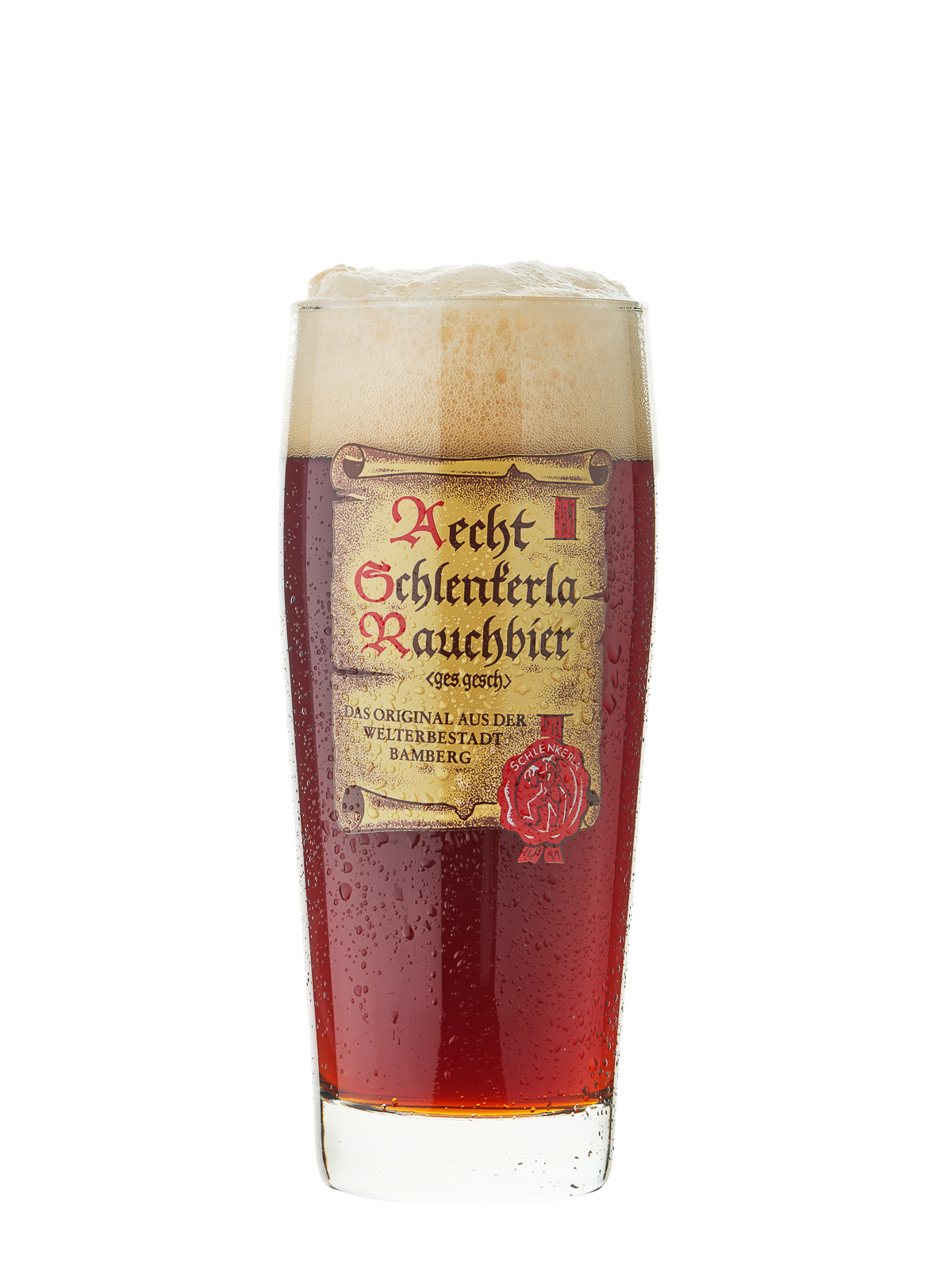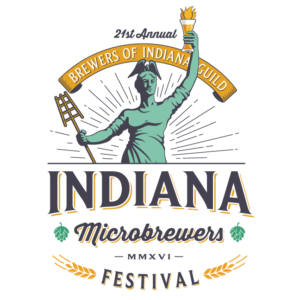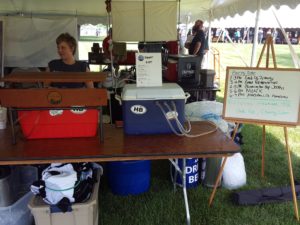Sleek. Sexy. Flawless production. The perfect blend of elegance and utility with nothing out of place. The same oft used descriptors for precision-engineered German automobiles also apply to the most popular style of beer within Germany—the German Pilsener.
All German Pilseners share four characteristics 1) A grist composed almost exclusively of European pale malt with minimal (if any) specialty grains and NO adjuncts, 2) Assertive hopping with Tettnang, Hallertau, Spalt, Saaz and related noble varieties, 3) Cool fermentation with a clean, highly attenuative lager yeast, and most importantly, 4) Stringent brewing process and quality control. They’re German beers, after all.
For a good introduction to German-brewed Pilseners, start with my personal favorite, the 40 IBU herbaceous hop-forward Jever, pronounced “Yay-ver”, then move on to the bready and soft Weihenstephaner Pils from Bavaria, the zingy Bitburger, then conclude your whirlwind tour with one of the many perfectly balanced Pilseners brewed by Warsteiner, Bamberger, Kulmbacher, or Koenig. To avoid the light-struck skunk flavor, look for these exports in cans or covered packaging. Not to be outdone, many American breweries produce a fine German Pilsener as well. Victory’s Prima Pils, Firestone Walker’s Pivo, and Trumer Pils are three well-crafted examples of the style and stand up to any of their continental brethren.
Now that your thirst has been quenched, let’s talk about filling your refrigerator with a delicious home brewed German Pilsener. First, let’s address fears and misconceptions about brewing pale lagers:
Lagers are not forgiving of off flavors – This is certainly true. Like your first solo acoustic open mic gig, you cannot hide behind distortion and flavor pyrotechnics. However, if you can manage process-related factors such as mash temperature, yeast cell count, oxygenation and wort temperature at time of pitching and sanitization to brew a delicious ale, you can also brew a fine German Pilsener in your kitchen or garage. Don’t believe me? Try it once and see. I double-dog dare you!
I need a temperature controlled fermentation chamber – While temperature control is important, the winter and early spring months in the Midwest provide a window of opportunity for primary fermentation at the ideal range of 45-55⁰F. If you have an unheated shed, garage, or mud room, keep an eye on your local forecast for a 7-10 span where the midpoint between the daily high and low temperature is 38⁰F to 48⁰F. Yeasts like Safale 34/70, WY2007 and WY2124 are fairly forgiving of modest temperature swings. Remember that a five gallon fermenter represents a lot of thermal mass and will not be immediately impacted by ambient temperature swings. During winter months where more hours lean towards the daily low temperature, your five gallon fermenter will generally stay a several degrees above the midpoint temperature. After the first 10 days or so of cool fermentation, simply move the fermenter to a slightly warmer (but cool) part of your home for a few days for a diacetyl rest.
Who wants to wait three months for a lager to be ready? – In my opinion, a 5% abv German Pilsener peaks around Day 60. That’s two months. By this point, in my house, usually the keg has been half-enjoyed and/or sent off for competitions. Your patience will be rewarded.
A complicated and lengthy mash procedure scares the bejeezus out of me – It is possible to brew a delicious German Pilsener without a direct fired mash tun and/or decoction mash. However, in my opinion, to truly replicate a commercial example of the style, a decoction mash is absolutely necessary. Don’t change the channel now, because there’s more on this later.
Recipe Formulation
At this point in a home brewing article, the author usually provides extract and all grain recipes for the style, then with a pithy ‘goodbye’ encourages the reader to get busy brewing. However, this author believes the relationship between ingredients and process in European pale lagers is much, much more critical, in general, than in the average ale recipe. Remember, we’re brewing a Mercedes C-Class, not an F-150 pickup. To that end, I think that you, the fearless home brewer will be best served with a range of grists and their ideal mash schedule.
I did a meta-analysis of over 60 German Pilsener recipes — 36 from personal experience brewed over the last decade and the rest from brewing publications. My results are summarized below. Note the relationship between Munich and Melanoidin malts and mash schedule. Each one of these recipes and mash schedules will produce a delicious German Pilsener. Pardon the esoteric road trip, but in my experience there is something magical about a 130/146/154/168 rest schedule. A 130⁰ protein rest is not absolutely necessary, but I have found it results in the beer pouring clearer, earlier from the keg.

Extract brewers should consider adding half of the extract in the last 20 minutes of the boil to improve bittering hops utilization and keep the wort from darkening too much. A full wort boil is highly recommended.
A typical decoction step is listed below:
- Remove about 25-30% of the grains with a strainer and place into a side kettle. In a 5 gallon batch with approximately 10 lbs of grain, this will equate to about 1 gallon of grain. In double and triple decoctions, the last decoction is usually thin, meaning the decoction is mostly wort.
- Heat the decoction to 168⁰ and rest for 5-10 minutes, stirring while heat is applied.
- Heat the decoction to a boil and continue boiling for 15-30 minutes, stirring at least once every minute.
- Pour decoction back into the main mash, stir, and briefly heat (if necessary) to the next rest temperature.
Water profiles range in commercial German Pilseners from soft to moderately sulfated. My go-to water profile, which results in a slightly hop-forward and crisp German Pilsener is [Ca (58) Mg (8) Na (10) Cl (77) SO4 (86)]. Per 5 gallons of brewing water, this equates to 0.5 tsp gypsum, 0.35 tsp epsom, 0.1 tsp NaCl, and 0.6 tsp CaCl. Avoid iodized table salt for the NaCl addition.
Not being one to shirk homebrewing convention, here’s my standard German Pilsener recipe which has won its share of hardware. Now that you have all my secrets, get brewing!
97% Best Malz Pilsner Malt
3% Munich Light
3 oz Acidulated Malt
Double Decoction per the above table
75 minute hard boil to drive off DMS precursors
30 IBU’s Magnum Hops @ 60 minutes
10 IBU’s Hallertau Hops @ 15 minutes
1 oz Hallertau when kettle cools to 150⁰
Safale 34/70: 350-400B cells per 5 gallons pitched when wort reaches 48⁰
Fermentation: 10 days-48⁰, 5 days-58⁰, 5-7 days-38⁰, rack to keg w/ gelatin around Day 22
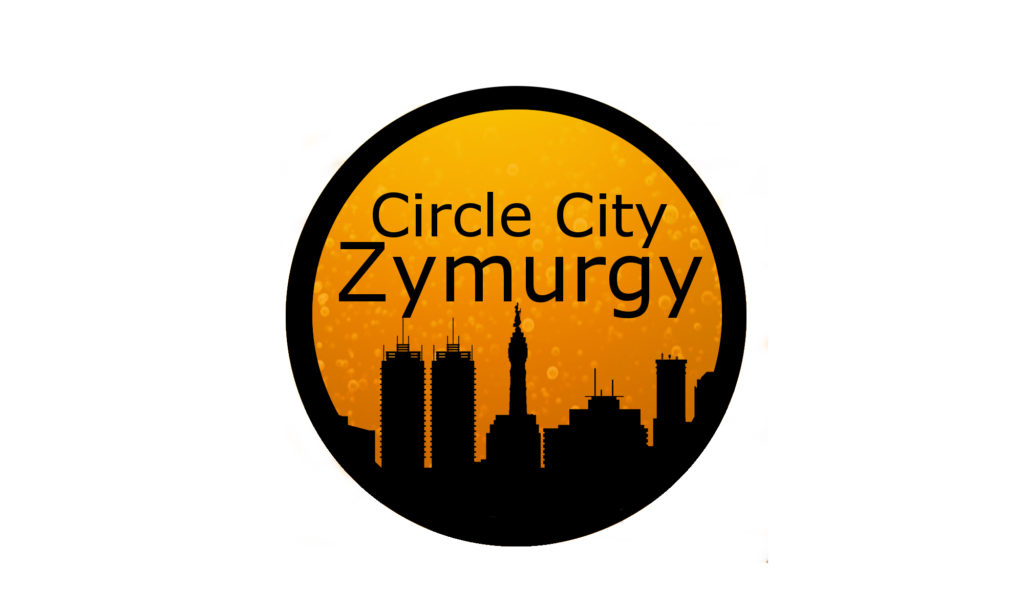



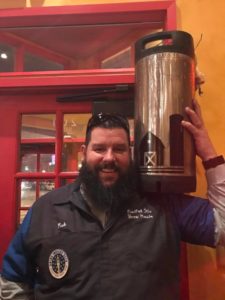

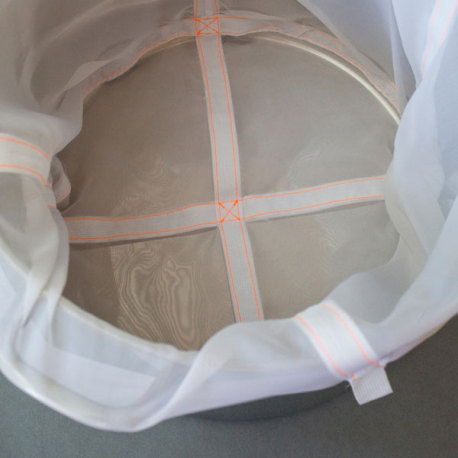



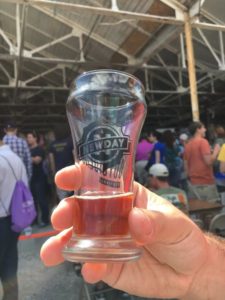
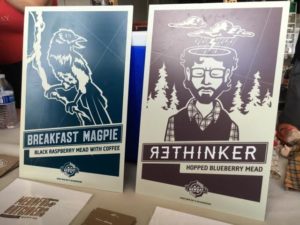

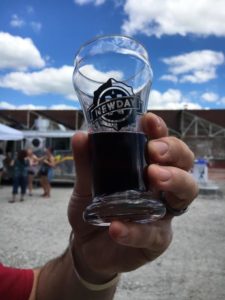
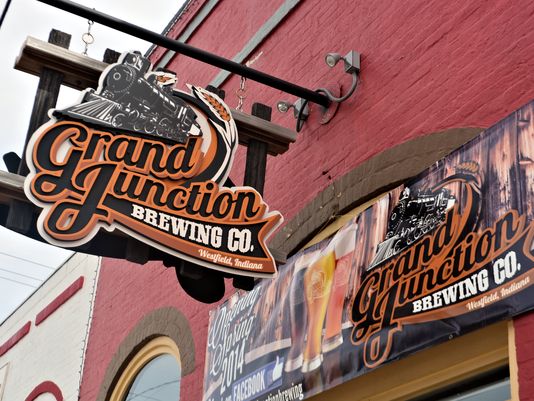 Grand Junction Brewing will be releasing Dorado Falls, Seconds to Midnight, and Weezie’s Happy Wheat this Wednesday. Dorado Falls is a double IPA weighing in at 8.5% abv with 120 IBU. It’s continuously hopped with El Dorado hops. Seconds to Midnight is a Black IPA at 7% abv with 70 IBU, and Weezie’s Happy Wheat is 5% abv with 29 IBU. The tapping is this Wednesday (8/31/16), and should be a fun event. If you are a part of Grand Junction’s brew club there is a special tapping on 8/30/16.
Grand Junction Brewing will be releasing Dorado Falls, Seconds to Midnight, and Weezie’s Happy Wheat this Wednesday. Dorado Falls is a double IPA weighing in at 8.5% abv with 120 IBU. It’s continuously hopped with El Dorado hops. Seconds to Midnight is a Black IPA at 7% abv with 70 IBU, and Weezie’s Happy Wheat is 5% abv with 29 IBU. The tapping is this Wednesday (8/31/16), and should be a fun event. If you are a part of Grand Junction’s brew club there is a special tapping on 8/30/16.